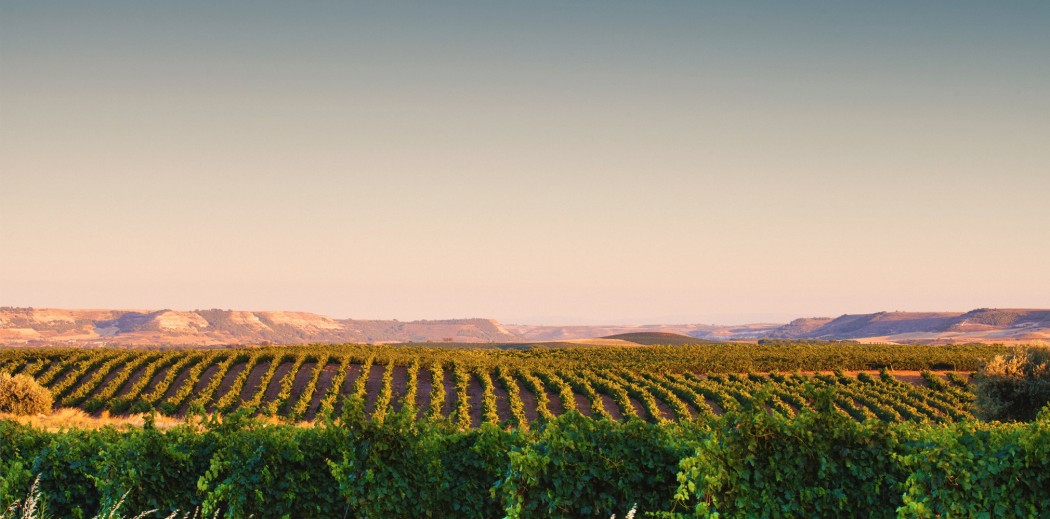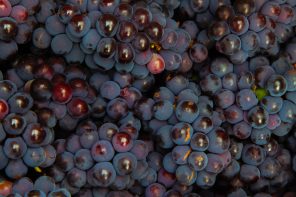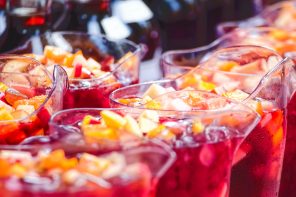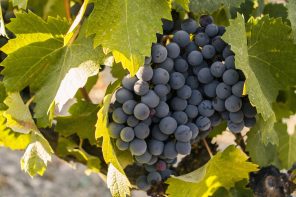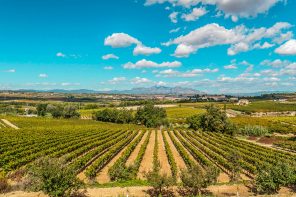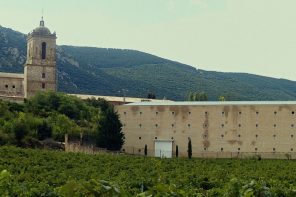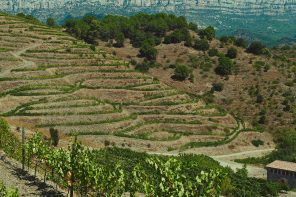If boisterous Napa reds and full-bodied Riojas are your jam, there’s another Spanish region that’s calling your name: Ribera del Duero. Based in the country’s flat, rugged center, Ribera del Duero has become synonymous with quality, mouth-coating red wines, giving Rioja’s long standing title as Spain’s greatest region a run for its money.
It wasn’t until the last 150 years that Ribera del Duero became one and the same with superior Spanish reds. In the mid 1800s, a man named Eloy Lecanda had some serious visions for the region, bringing in the best rootstock from Bordeaux to bring the region back to life. Modern winemaking techniques were implemented and the land was renovated, giving birth to his revolutionary estate, known presently as Vega Sicilia. As Telegraph reports, despite being passed through various families, the winery maintained an extremely high level of quality, causing the wines to obtain a highly sought-after status.
Though Lecanda wasn’t the first to begin production in the region; evidence shows that winemaking in the area has been going on for over 2,000 years, starting with the arrival Burgundian monks. As the region continued to climb in popularity, quality continued to move in the same direction; as of 1982, the region officially gained its DO status, sending the appellation into an even higher level of renown.
Ribera del Duero sits within the larger Castille y León region, comprised on elevated flat and rocky earth. As the appellation’s name states, the Duero river plays a huge role in the region’s grape growing, with over 100 kilometers of the famed body of water flowing through the appellation. The soil is layered and complex, made up of silty sand, limestone and chalk. Low rainfall and dramatic temperature fluctuations define the region’s climate, with unbearably hot summers and near freezing winters.
Nearly all wine produced in Ribera is red; only one white grape variety (Albillo) is grown and wines produced from it mainly stay within the region. Tinto Fino, otherwise known as Tempranillo, is the appellation’s shining star. The grape is generally blended with other international red varieties (Cabernet Sauvignon or Merlot), though varietal bottlings can be found.
The terroir of the region, mainly the limestone soil, provide a strong backbone for age-worthy wines, creating bottles that can withstand decades. As per DO regulations, aging standards for the appellation are the same as in the northerly Rioja; Crianza (two years, one of which in oak), Reserva (three years, one of which in oak), and Gran Reserva (five years, two of which in oak.)
For your next steak night, backyard barbecue, or full-bodied glass by the fire, skip the Cab and check out the wines of Ribera del Duero!

